Acting Fairly in a Diverse Workplace: An Ethical Examination
VerifiedAdded on 2020/02/24
|6
|1427
|229
Essay
AI Summary
This essay examines the critical issue of acting fairly in a diverse workplace, a concept increasingly important due to globalization. It defines workplace diversity as the acceptance and valuing of differences among employees, including race, age, and gender. The essay highlights the benefits of diversity, such as increased productivity and competitive advantages, while also acknowledging the challenges of managing diverse workplaces. It distinguishes between acting fairly and uniformly, emphasizing the need for transparency and fair treatment for all employees, especially in situations involving flexible employment contracts. The essay provides insights into the importance of ethical management practices and the potential risks of unfair treatment. It concludes by emphasizing the value of respecting individual differences and adapting to diversity to treat all employees fairly, not necessarily uniformly.
1 out of 6
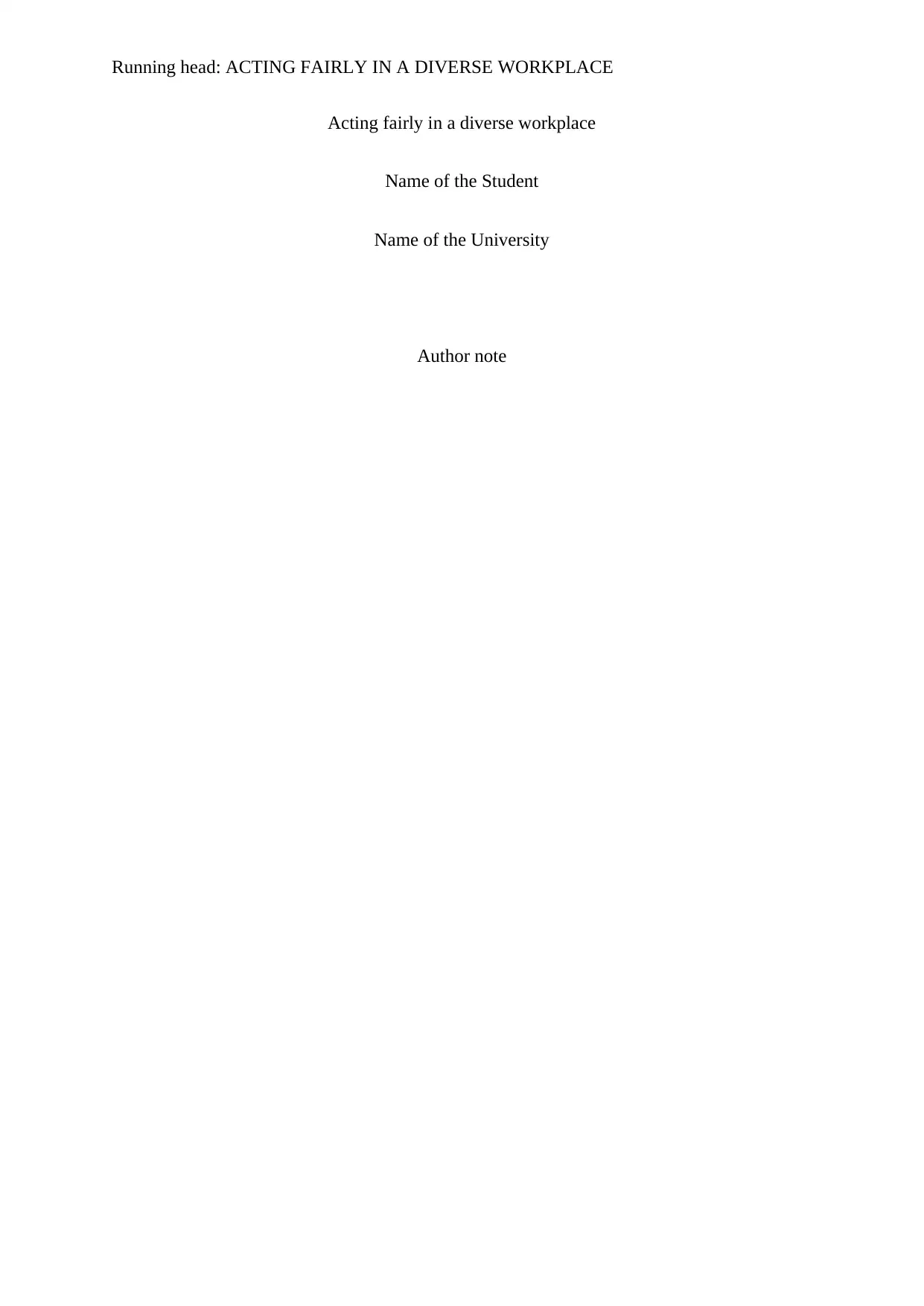
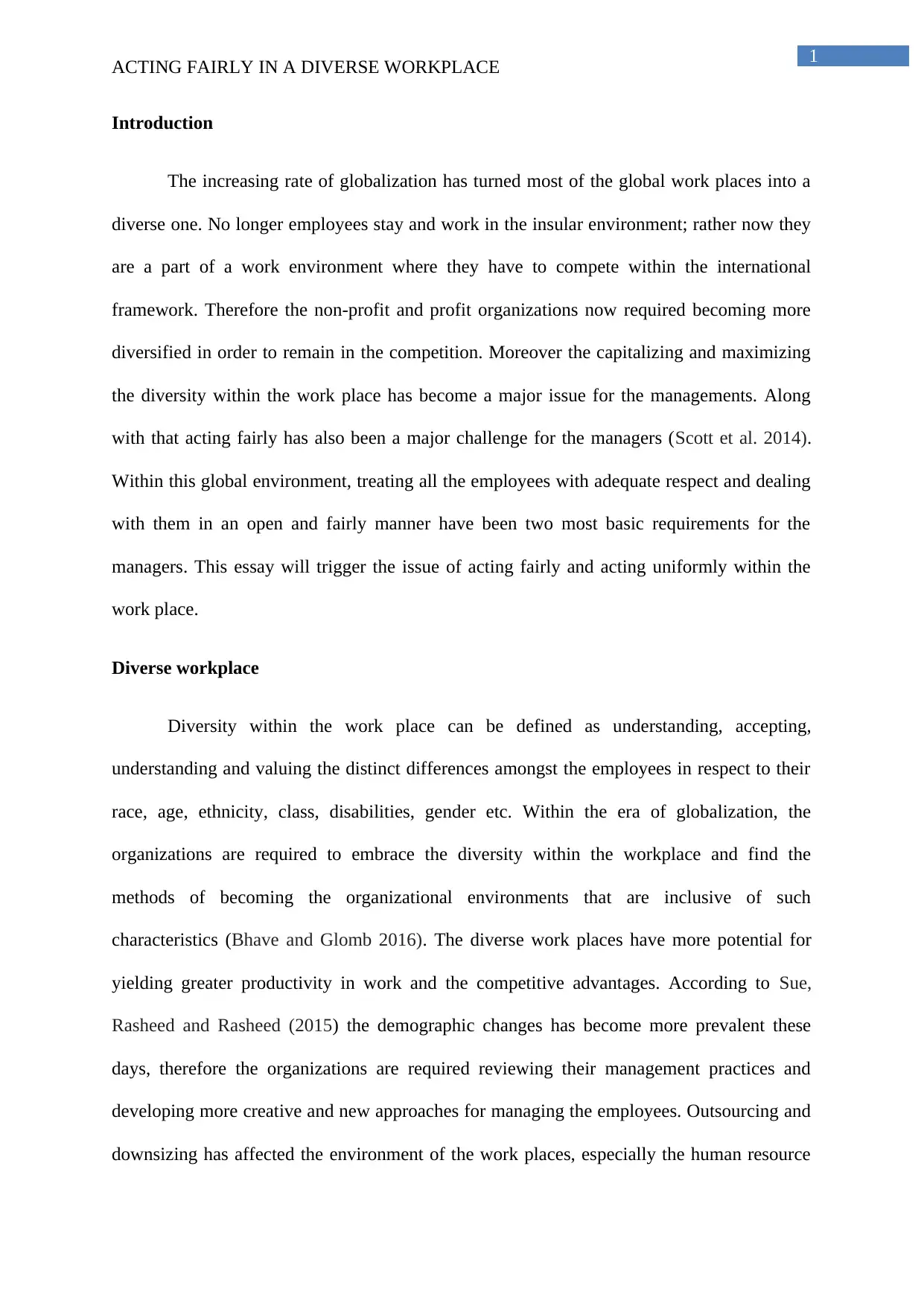
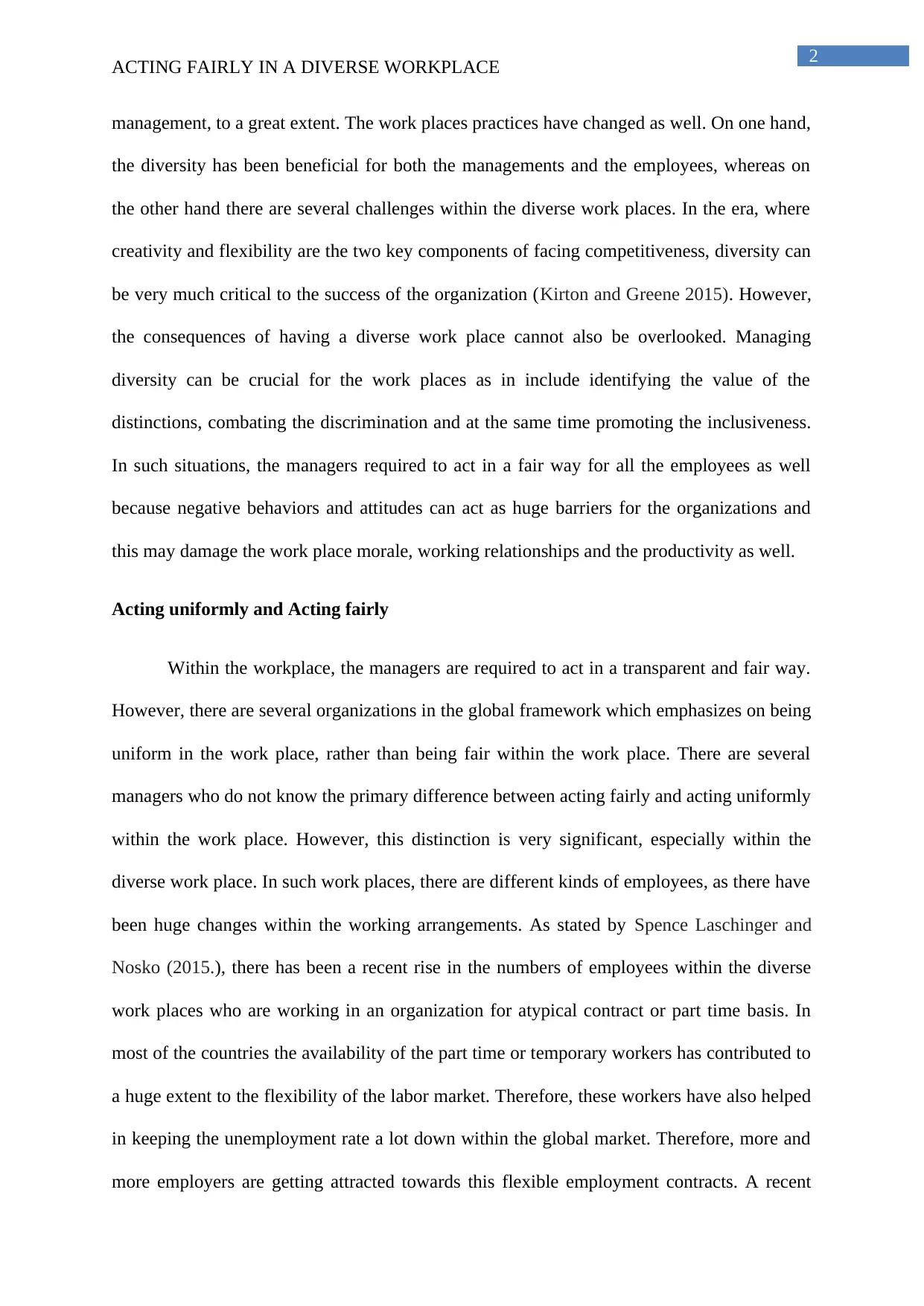
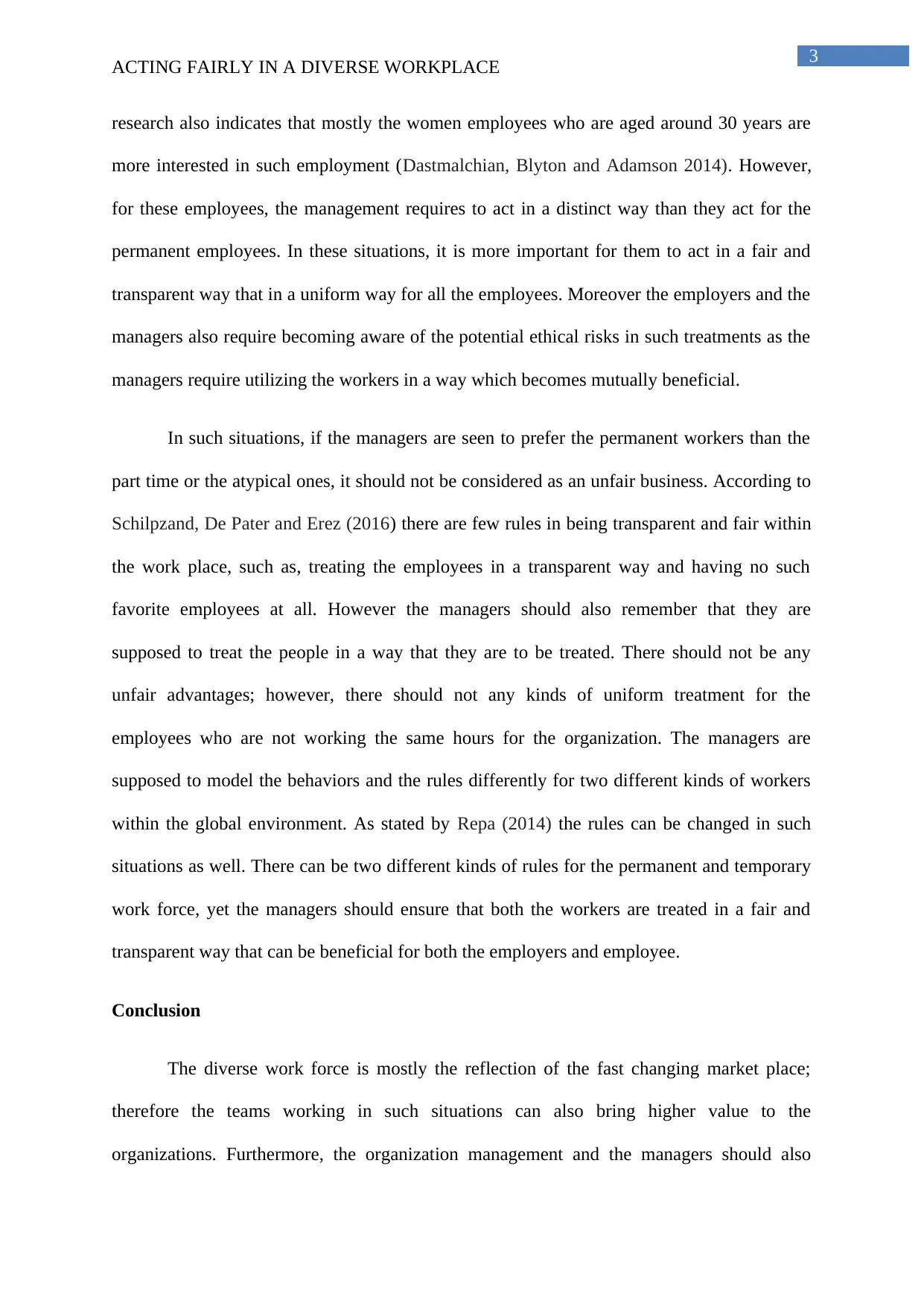
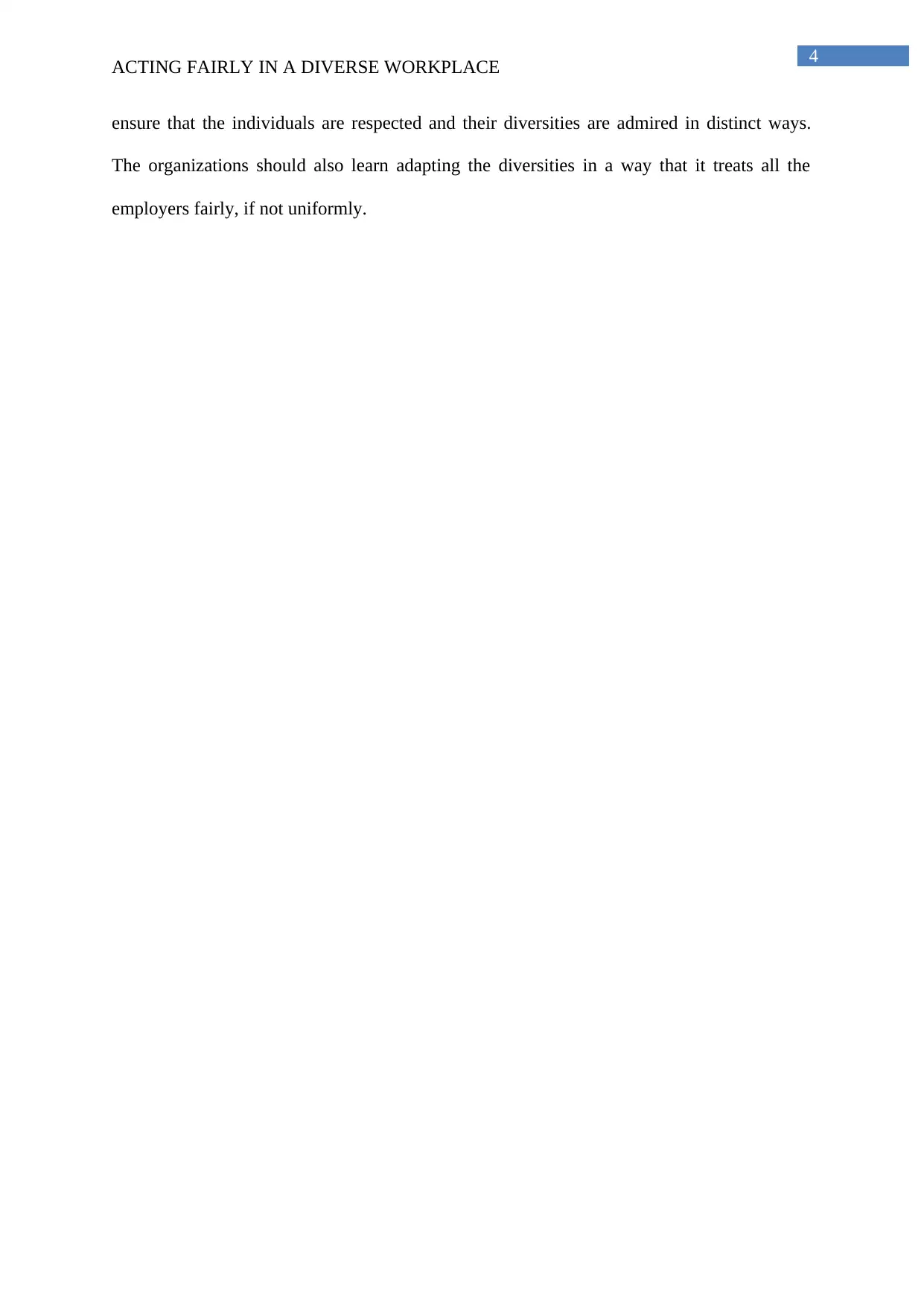
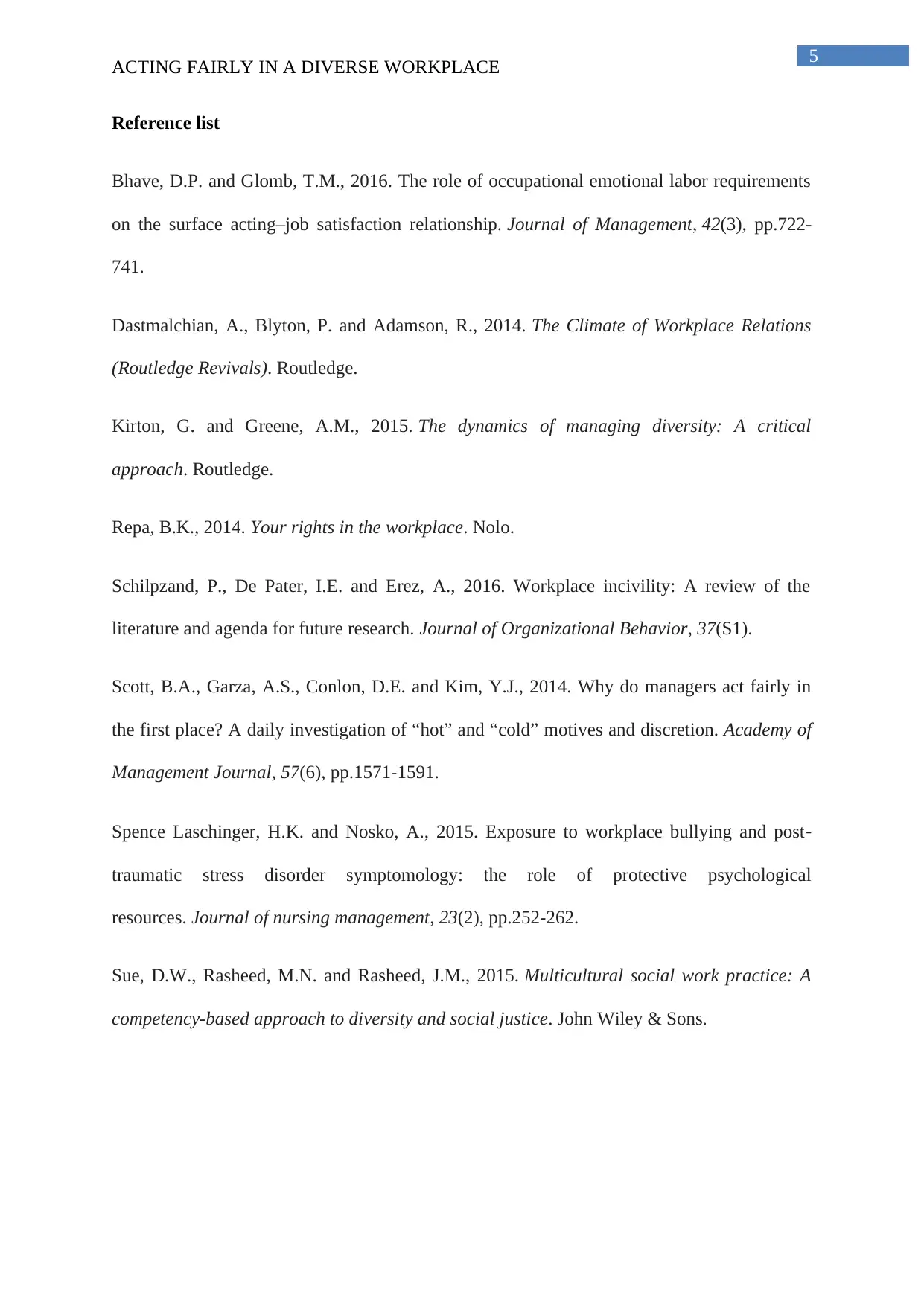





![[object Object]](/_next/static/media/star-bottom.7253800d.svg)